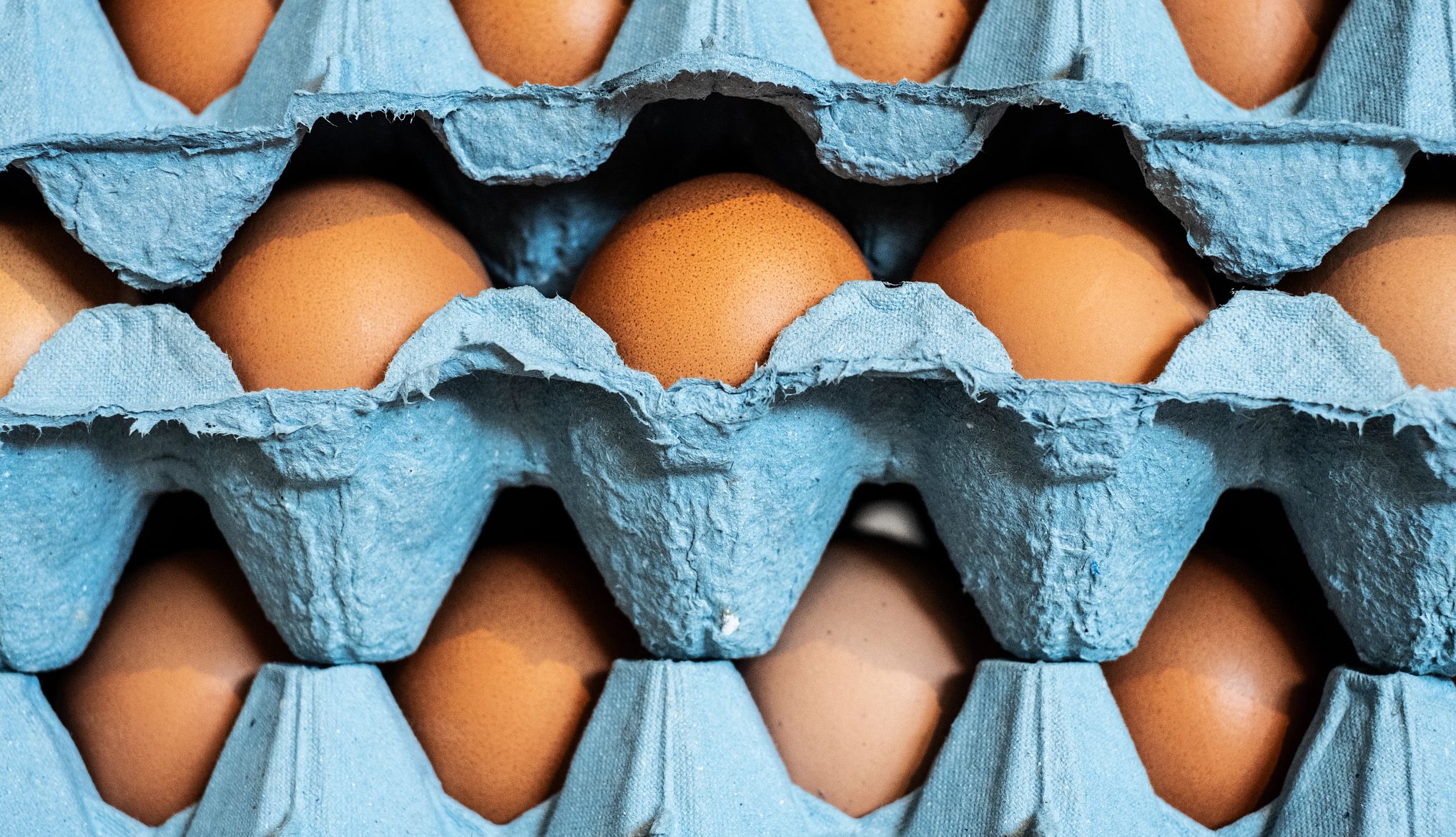AARP Hearing Center


The U.S. Department of Agriculture (USDA) announced on Feb. 26 a $1 billion plan to combat egg shortages and rising consumer prices. The investment, which includes funding to upgrade biosecurity measures at poultry farms and provide financial relief to farmers whose flocks have been decimated by the avian flu outbreak, comes at a time when egg costs jumped an eye-popping 53 percent year-over-year in January, according to the Consumer Price Index, while the overall inflation rate was just 3 percent over that period. The average price for a dozen large eggs climbed to $4.95 in January, up from $2.52 a year prior.
More than 166 million egg-laying hens have died or been culled since 2022 in an attempt to mitigate the bird flu outbreak that has ravaged the nation's egg industry, according to USDA data, driving up egg prices to record highs. “The price of eggs is affected by many factors, including consumer demand thanks to diets like KETO, inflation and, most notably, the bird flu, which has been making the rounds since early 2022,” says shopping expert Trae Bodge.
Some grocers are limiting the number of egg cartons customers can purchase, while others are sold out. Trader Joe's is capping egg purchases to one dozen per customer, per day, at all of its 600-plus locations nationwide. Meanwhile, Costco shoppers are now limited to three packages of eggs at a time, which are typically sold in two-dozen or four-dozen cartons at the warehouse retailer.
Egg prices at restaurants are also going up. On Feb. 4 Waffle House, which has more than 1,900 locations in 25 states, implemented a temporary 50-cent per-egg surcharge because of the widespread bird flu outbreak.
The good news is there are ways to save.
1. Shop around
Finding big sales on eggs, especially when there is more demand than supply, is tough, but shopping around could lead to savings. You can check out egg prices at a few local grocery stores and purchase accordingly. There are also apps like Flashfood, which partners with grocery stores around the country to help them sell items at a discount that are in surplus or are nearing their “sell by” date. Similar apps include Imperfect Foods and Misfits Market.


2. Buy in bulk
This strategy could make sense if you cook eggs for your family regularly, since Bodge says the per-egg price is often cheaper when you purchase them in bulk at a warehouse club. To make them last longer, keep your store-bought eggs in the fridge in their original carton on the coolest shelf. According to the U.S. Department of Agriculture, the shelf life for eggs is three to five weeks if properly stored.



































































More From AARP
How I Saved Money Using Coupons at the Grocery Store
With little effort, I was able to save7 Reasons to Do All Your Holiday Shopping in October
Why early-bird deal hunters get the worms14 Food Stores That Give Discounts to Seniors
Here’s one way to save on food pricesRecommended for You